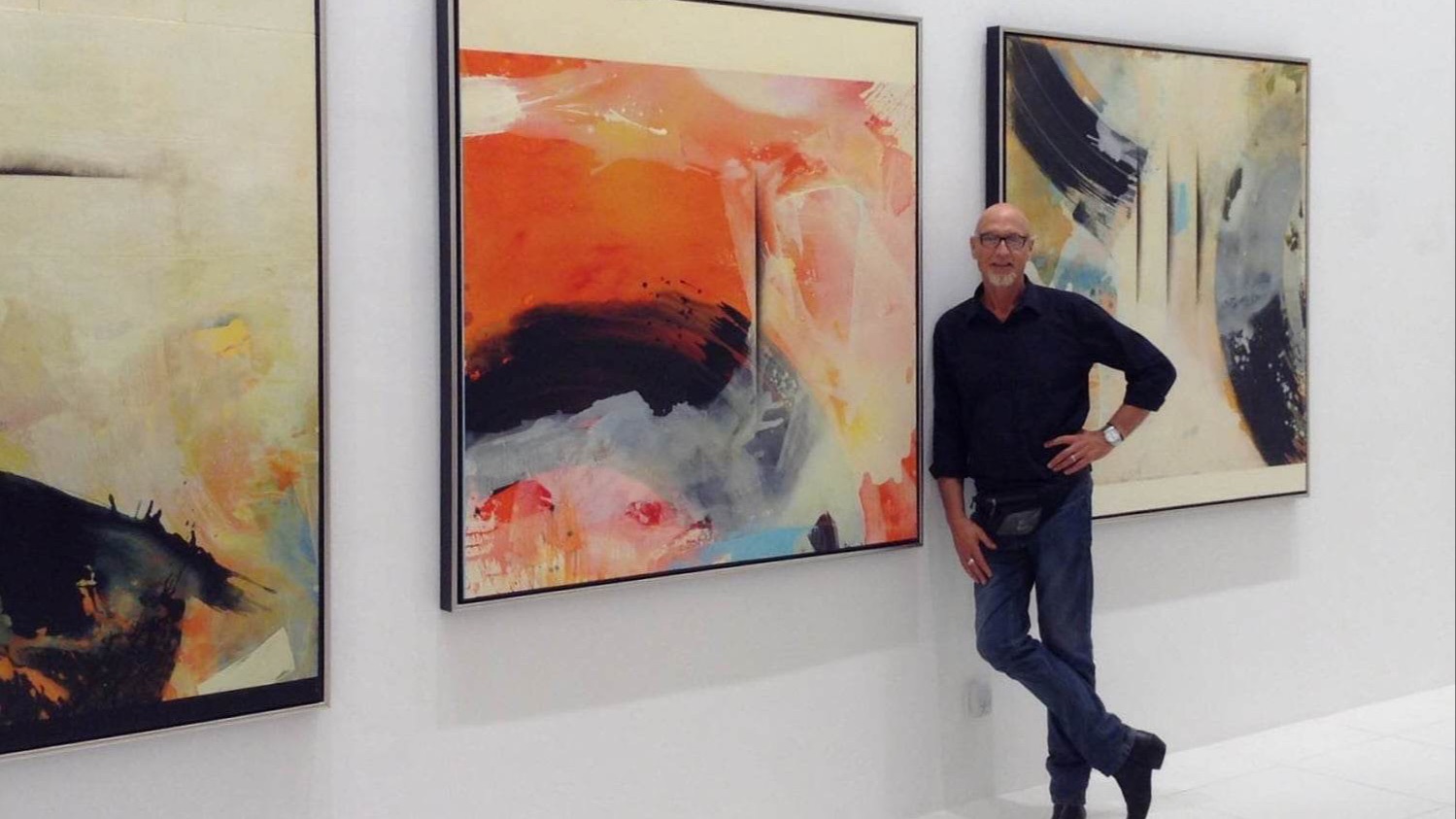From Basic to Brilliant: What Makes an Artist Website Stand Out [PODCAST]

In this episode of The Artist Next Level Podcast, Sergio Gomez explores what separates a basic artist website from a brilliant one. If your website is just sitting there without building trust, driving opportunities, or representing your brand effectively—this conversation is a must-listen.
Learn what works, what doesn’t, and how to turn your site into a tool that works for you.
🎧 Listen to the episode below and start thinking about how your digital presence can elevate your art career.
👉 Want more strategies, support, and insight for growing your art career? Join our free Artist NXT Level community at www.theartistnextlevel.com
The Must-Have Page Your Artist Website Can't Afford to Miss

Have you ever wondered if there's something missing on your website, something that could truly connect you with your audience? Well, I've got a little secret to share with you today. It's all about the power of your artist story.
For years, I overlooked a simple yet crucial page on my website. I thought people were only interested in my art, so I focused on showcasing my work and sharing my achievements. But I was wrong.
Your Artist Story – A Different Perspective
One day, I decided to write something different, something personal – my artist story. This wasn't just another bio; it was like having a friendly chat over coffee. I shared my journey, the ups, the downs, and most importantly, how I overcame my biggest challenges.
I created a page called "My Story" on my website. To my surprise, year after year, it has become the most visited page on my site. It's been a game-changer for my artistic journey.
Why Does Your Artist Story Matter?
But why does your artist story matter so m...
How to Navigate the Business of Art and Find Your Path to Success?

The Three Types of Artists: Which One Are You?
As someone who has had the privilege of working alongside talented artists for many years, I've come to a realization: when it comes to the business of art, there are three distinct types of artists. Each one has their own approach, their own quirks, and their own unique path to success. So, let's delve into this fascinating world together, shall we?
The Traditional Artist: Navigating the Gallery Scene
Ah, the traditional artist—the one who finds solace in the cozy confines of galleries. These artists cherish the opportunity to collaborate with established art galleries, but they may feel uneasy when it comes to selling their work independently. Without gallery representation, they often find themselves relying heavily on the marketing prowess of these galleries. It's a classic approach that has its merits, but it also comes with its own set of challenges.
The Independent Artist: Forging Your Own Path
On the opposite end of the spectr...
Should I? You Must! Pricing Your Art in a Global Market.

By Drew Harris
If there is one piece of advice I can offer, is to remove the word “should” from our vocabulary as artists, particularly when it comes to valuating our work, past, present and future.
The Challenge of Finding the Right Balance
Far too often, I hear artists lamenting on the fact their work is under-valuated, or in some cases, over-valuated and not selling. Finding a perfect balance is never easy as it is often dependent on market indicators such as regional, national or international economics, and often, dare I suggest, it’s based on trends in the market, so if you are not trending, it doesn’t mean you “should or shouldn’t” charge more or less, but remain consistent as trends tend to be cyclical and less stable. Your pricing however, must remain stable, growing as you grow as an artist.
Maintaining Stability in a Fluctuating Market
As the art buying market fluctuates, our work, even when correctly valuated may seem as though no one is interested, or perhaps everyon...
The Psychology Behind Why Artists Struggle with Pricing Art

By Sergio Gomez
Listen to Sergio in the Podcast
Read Sergio's Blog Post
Today we're diving deep into the psychological challenges we face when pricing our art. I can tell you, from my own experience, that pricing artwork can be a challenging and often uncomfortable task for many artists.
Emotional Attachment to Our Work
First and foremost, it's essential to understand that our artworks are not just products; they're deeply personal expressions of ourselves. Each piece is a part of us, infused with our ideas, emotions, and hours of hard work. This emotional connection makes it challenging to assign a monetary value to our creations.
Take one of my abstract figurative paintings, for instance. It's not just paint on canvas to me. It's an exploration of life cycles and personal experiences. How do you put a price on something so intimate? This is a struggle many artists face.
Fear of Rejection or Devaluation
Another factor at play is our fear of rejection or devaluation. We fear t...
